Cricket
BCCI don’t let to play Team India in Pakistan for Asia Cup, Game must be held in at neutral place – Jay Shah
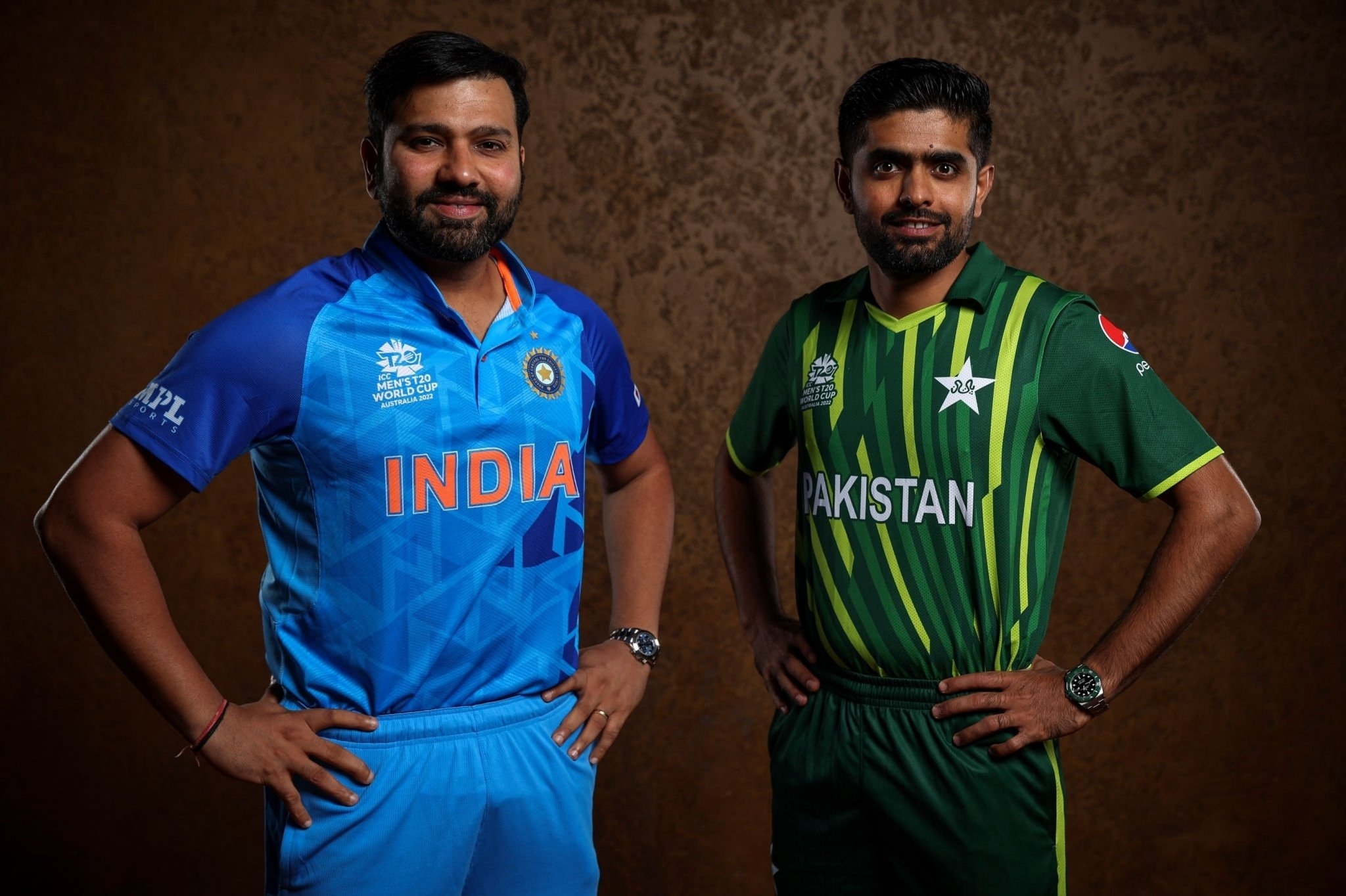
Pakistan has been awarded the rights to host the Asia Cup in 2023; however, after it was made clear on Tuesday by the Board of Control for Cricket in India (BCCI) that the Indian team will not travel across the border for the tournament, it is now likely that it will be held at a neutral venue instead.
BCCI secretary Jay Shah, who began his second term in office on Tuesday, stated that the Asia Cup, which was planned to be conducted in the 50-over format in advance of the World Cup in India, will now need to be held someplace else.
Both playing in bilateral series against Pakistan and touring the neighboring country have proven to be contentious issues, and the BCCI must first receive approval from the government before proceeding.
As Jay Shah is also the president of the Asian Cricket Council (ACC), his statement would, more or less, end any possibility of the tournament being held in Pakistan. This would be the case because of Jay Shah’s dual role as president of both organizations.
“The Asia Cup 2023 will be held at a neutral venue. I am saying this as ACC President. We [India] can’t go there [to Pakistan], they can’t come here. In the past also, the Asia Cup has been played at a neutral venue,” Jay Shah stated after the 91st BCCI annual general meeting in Mumbai, in the presence of the newly elected Board president Roger Binny.
While he was speaking to the media, he emphasized the fact that there is a policy in place regarding the problem of playing with Pakistan, and that the BCCI will obey that policy. Rajeev Shukla, the vice president of the BCCI, was sat next to Jay Shah and said that the Board will require authorization from the government in order to play Pakistan.
When India last competed in Pakistan in a bilateral series, it was in 2005-2006, when Rahul Dravid, who is now the coach of the Indian national team, was serving as captain. The Asia Cup was held in Pakistan in 2008, and India did make the trip there to compete in it.
The United Arab Emirates played host to the 2022 Asia Cup when the original organizers, Sri Lanka, were unable to fulfil their obligations due to the ongoing economic crisis in their home country. India and Pakistan met each other twice during the campaign and are scheduled to play each other again in the T20 World Cup match that will take place at the Melbourne Cricket Ground on October 23. It is the early-round fixture in ICC events that can be predicted with the best accuracy.
Due to the political tensions that exist between the two neighboring countries, India and Pakistan now only compete against each other in the Asia Cup and other worldwide competitions.
Sourav Ganguly snubbed again
In the meanwhile, the Annual General Meeting of the BCCI has delegated authority to the organization’s office bearers to pick who will represent the BCCI in the election for the head of the International Cricket Council. It has been learned that the BCCI would continue to support the incumbent, Greg Barclay, and will not approve the name of Sourav Ganguly for the role. At the ICC meeting, Shah will act as the representative for the BCCI.
Mamta Banerjee, the Chief Minister of West Bengal, stated on Monday that she will ask Prime Minister Narendra Modi to allow the former India captain and BCCI chief to run for the position of ICC chairperson. She stated that she will make this request to Modi. Banerjee is currently the head of the BCCI. Ganguly was present at the annual general meeting of the BCCI, and several of the members with whom The Indian Express spoke indicated that Ganguly would not be selected by the Board.
When asked if the BCCI had determined who would represent it at the ICC meeting and who would receive its support for the chairman’s job, Shukla responded, “We have not decided anything on the ICC chairman post yet. As a tradition, all the members have authorised the office-bearers to take a call on that. We are still to nominate our members for the Apex Council. ICC elections are still far away and we will take a call at the appropriate time”.
In the meantime, the new president of the BCCI, Binny, stated that one area of concentration will be to limit the number of injuries suffered by players.
“It is a concern that players are getting injured on a regular basis, and we want to get to the bottom of it all and see how it can be improved for the better. Even though the National Cricket Academy has some of the best medical professionals and coaches in the world, we still need to find ways to cut down on injuries and speed up rehabilitation.
The former bowler for India has stated that the BCCI will investigate ways to improve the playing surfaces of domestic cricket matches. “There needs to be more life in the wickets at home so that our players would not have the problem of adjusting when travelling abroad, such to Australia where there is more pace and bounce,” said the commentator. “Our teams would then not have to worry about having to make adjustments.”
Does selection committee makes changes ?
Following the conclusion of the Twenty20 World Cup, it has been learned that the top leaders of the BCCI are considering making changes to the senior selection committee. It is unclear at this time if the board intends to replace every member of the panel or simply some of them. Instead of five members, the selecting committee today consists of only four people. Chetan Sharma serves as the organization’s leader, and its other members include Sunil Joshi, Harvinder Singh, and Debashish Mohanty.
Additionally, BCCI gave their approval to begin a women’s IPL beginning in the next season.
“We have decided, in principle, to begin a women’s Indian Premier League, and the governing council has been requested to finalize the modalities for the same. Everything else, including the franchise auction, will be decided at the appropriate moment,” informed Shukla.
It is interesting to note that this was the first occasion the BCCI asked its office-bearers and media to hand over their phones to the staff of the BCCI before to the press conference.
Cricket
1000 Runs in ODIs: Kohli’s Cricket Legacy
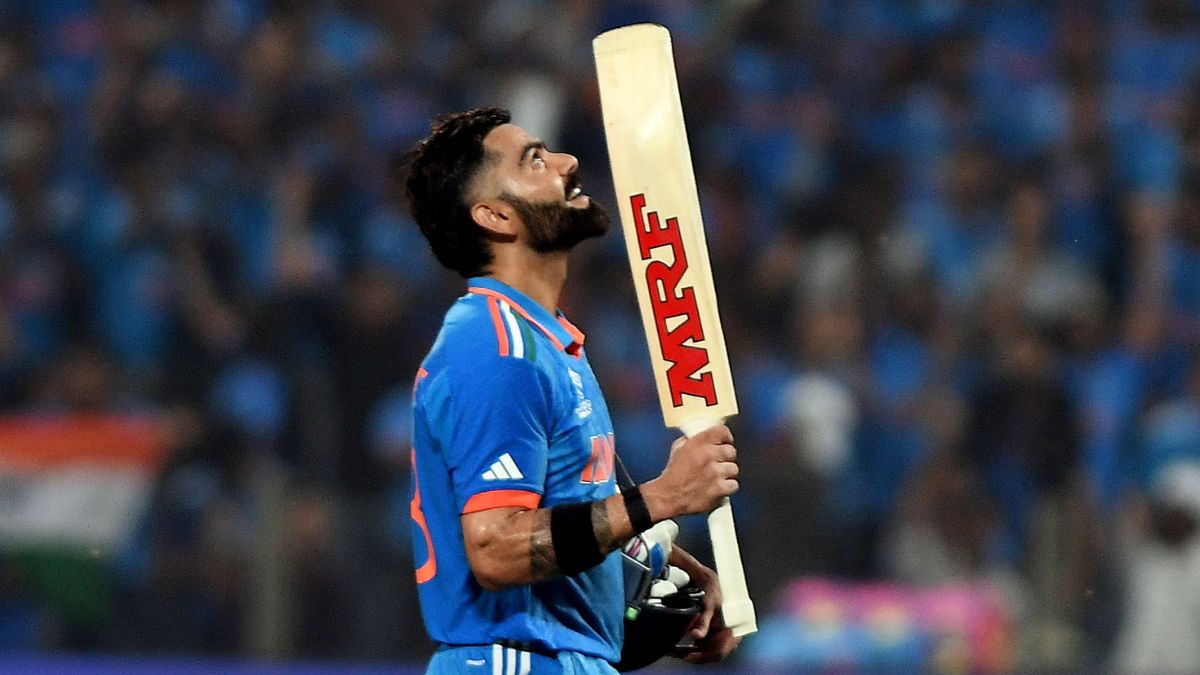
On Thursday, November 2, Virat Kohli achieved an accomplishment. He became the batsman to surpass 1000 runs in ODIs in 2023, following in the footsteps of Shubman Gill and Rohit Sharma. Not that,. He also joined Rohit Sharma, Shubman Gill, and Pathum Nissanka as the fourth players to achieve this impressive record in the 50-over format within the same year.
Stepping into History with 1000 Runs in ODIs
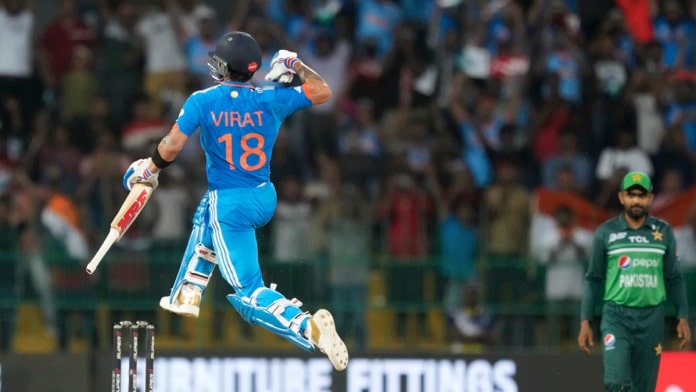
Entering the realm of history, Kohli’s unwavering determination and exceptional skills were put on display during his match in 2023. Notably, the cricket maestro, now 34 years old, made an indelible impact by surpassing Sachin Tendulkar‘s record, securing the most number of years with 1000 runs in ODIs. Kohli’s consistent ability to perform at such an exceptional level has been a defining characteristic of his illustrious career, as he had previously achieved this monumental milestone in 2011, 2012, 2013, 2014, 2017, 2018, and 2019, before accomplishing it once again in the present year of 2023.
Sachin Tendulkar with god of cricket Virat Kohli pic.twitter.com/zmztejNBBB
— Kevin (@imkevin149) November 2, 2023
An Unforgettable Journey
In an intense World Cup 2023 clash against Sri Lanka at the renowned Wankhede Stadium in Mumbai, Virat Kohli’s pursuit of this historic milestone was realized with an impressive 34 runs. Despite facing challenges, including a rare duck against England at the Ekana Stadium in Lucknow, his overall performance throughout the year has been nothing short of spectacular.
Kohli’s memorable journey was highlighted by an unbeaten century during India’s triumphant seven-wicket victory against Bangladesh at the Maharashtra Cricket Association (MCA) Stadium in Pune. Adding to his illustrious record, he solidified his stature with a brilliant 95 runs, making a significant contribution to India’s thrilling four-wicket win over New Zealand led by Tom Latham at the Himachal Pradesh Cricket Association (HPCA) Stadium in Pune.
Cricket
Shaheen Shah Afridi: Fastest to 100 ODI Wickets
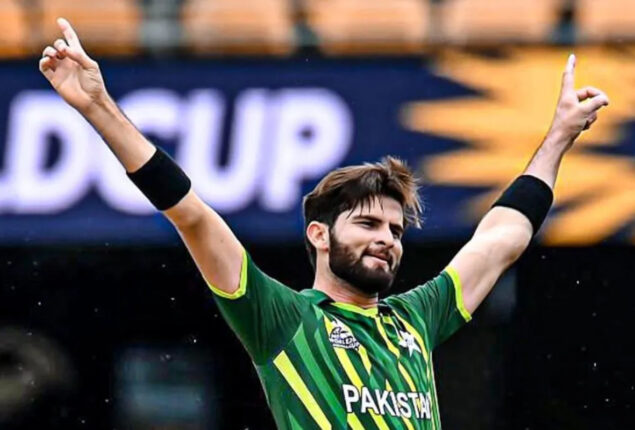
Shaheen Shah Afridi, on Tuesday, October 31, achieved a remarkable feat, becoming the third fastest bowler to secure 100 wickets in ODIs. His outstanding performance during Pakistan’s World Cup 2023 match against Bangladesh at the renowned Eden Gardens in Kolkata led to this historic accomplishment.
A Landmark Moment
In the thrilling encounter, Shaheen clinched his 100th wicket in only his 51st match, dismissing Tigers’ opening batter Tanzid Hasan Tamim. The left-arm fast bowler displayed exceptional skill as he struck Tamim on the pads, prompting the on-field umpire to raise his finger. Despite Tamim’s referral to the third umpire using the Decision Review System (DRS), the replays confirmed the ball crashing into the stumps, upholding the on-field decision. Bangladesh lost their first wicket with the scoreboard reading 0 in just 0.5 overs.
Shaheen Afridi soars high yet again with another feat to his name 🦅#CWC23 | #PAKvBAN pic.twitter.com/IlQQ6P5xYK
— ICC Cricket World Cup (@cricketworldcup) October 31, 2023
Surpassing Preceding Records
Shaheen Shah Afridi not only secured this feat in record time but also outshone the accomplishments of esteemed bowlers preceding him. He surpassed the record of the fastest pacer, previously held by Mitchell Starc, who attained the milestone in August 2016 during an ODI against Sri Lanka at the R. Premadasa Stadium in Colombo.
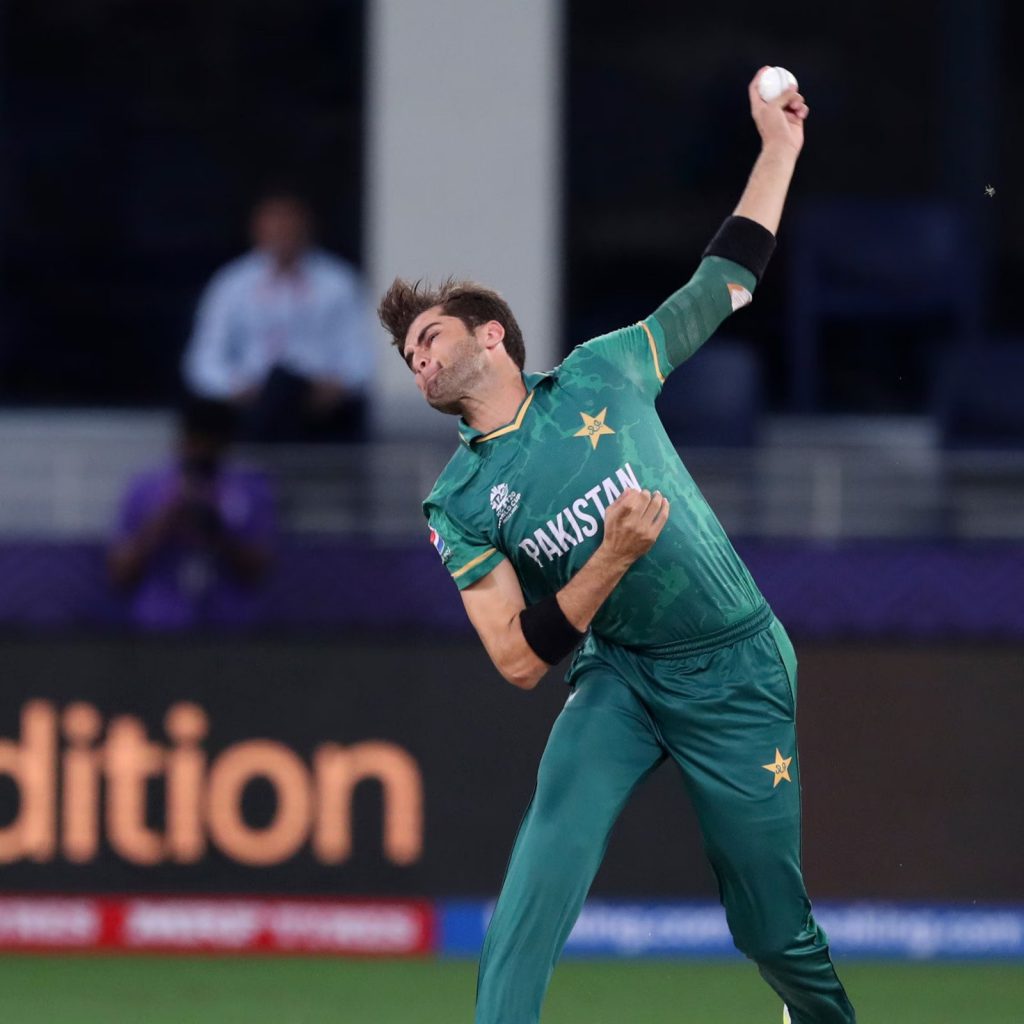
Legacy of Excellence
Moreover, Shaheen shattered the long-standing record held by Saqlain Mushtaq, becoming the fastest Pakistani bowler to claim 100 wickets in ODIs. Saqlain had set this record on May 12, 1997, during an ODI against Sri Lanka in Gwalior. It is notable that among the Pakistani fast bowlers, the accomplished Shaheen Shah Afridi follows in the footsteps of the legendary Waqar Younis, who achieved the 100-wicket mark back in February 1993 against Zimbabwe in Sharjah.
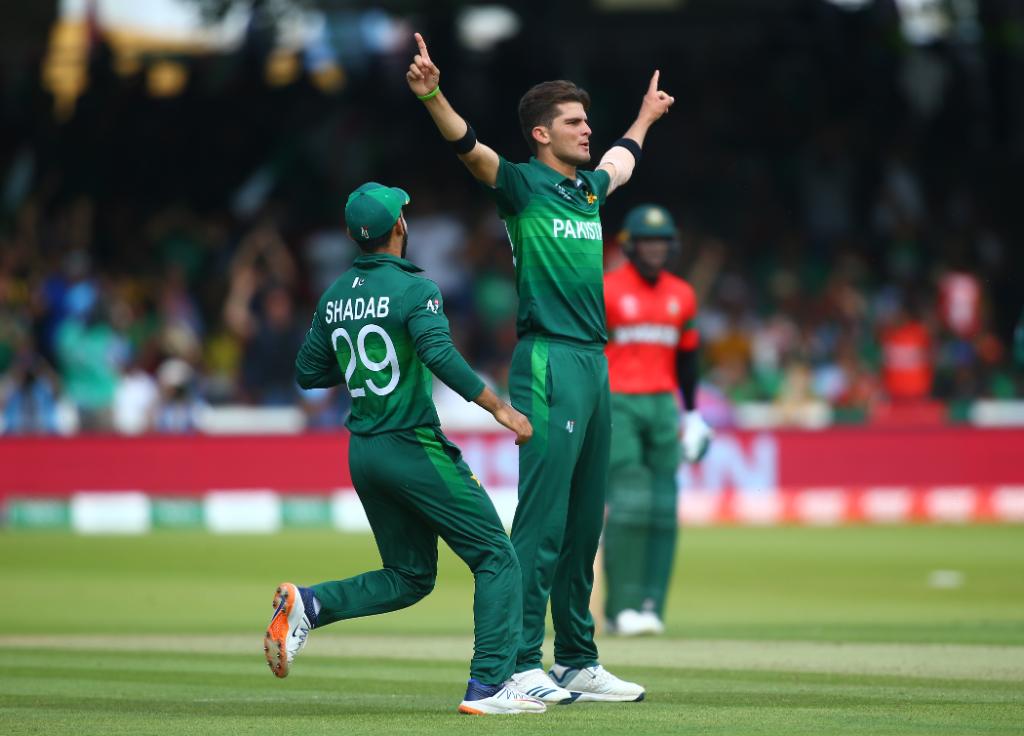
Beyond ODIs
Demonstrating his prowess beyond ODIs, Shaheen has made significant contributions in Tests and T20Is as well. Since his debut in 2018, he has garnered 105 wickets in Tests and 64 wickets in T20Is. His exceptional journey began with a strong performance in the U19 World Cup in New Zealand. Notably, he played a pivotal role in Lahore Qalandars’ consecutive victories in the Pakistan Super League (PSL).
A Testament to Talent and Dedication
Shaheen Shah Afridi’s rapid rise to 100 ODI wickets within 51 matches underlines his exceptional talent and unwavering dedication to the sport. As he continues to leave an indelible mark on the cricketing world, his journey serves as an inspiration for aspiring cricketers worldwide. With his remarkable achievements, Afridi has solidified his place in the annals of cricket history, etching his name as one of Pakistan’s most formidable and promising fast bowlers.
Cricket
ICC World Cup: Shoaib Akhtar says, ‘Mai India ki tareef kyu na karu’

Former Pakistan fast bowler Shoaib Akhtar has recently expressed admiration for India’s dominant performance in the ongoing 2023 ICC World Cup. With India securing victories in all six matches, Akhtar highlighted the team’s exceptional display across various aspects of the game. Although the recent batting performance against England in Lucknow was relatively modest, India’s fierce bowling attack, led by Mohammed Shami and Jasprit Bumrah, proved instrumental in securing a remarkable win. This triumph not only solidified India’s leading position on the points table but also exacerbated England’s struggles in the tournament, leaving them virtually eliminated.
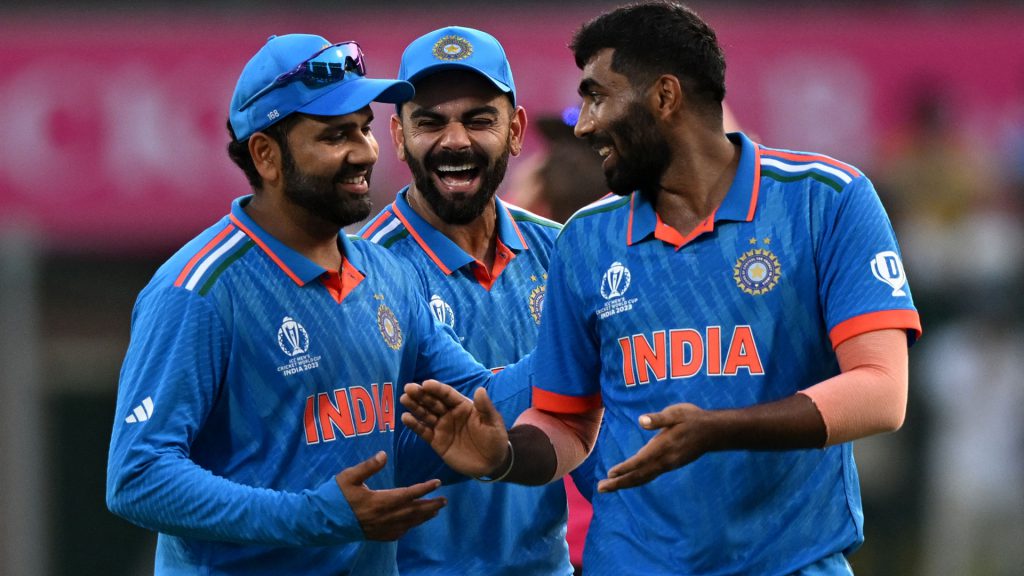
India’s Remarkable Bowling Transformation
In his analysis, Akhtar emphasized the transformative impact of Shami’s inclusion in India’s playing eleven following Hardik Pandya’s injury. Acknowledging Shami’s outstanding performances against New Zealand and England, Akhtar credited India’s ability to win matches through their bowling prowess, showcasing a shift from their traditional reliance on batting strength. He commended the collective effort of the Indian bowling unit, particularly recognizing the strategic brilliance of fast bowler Bumrah.
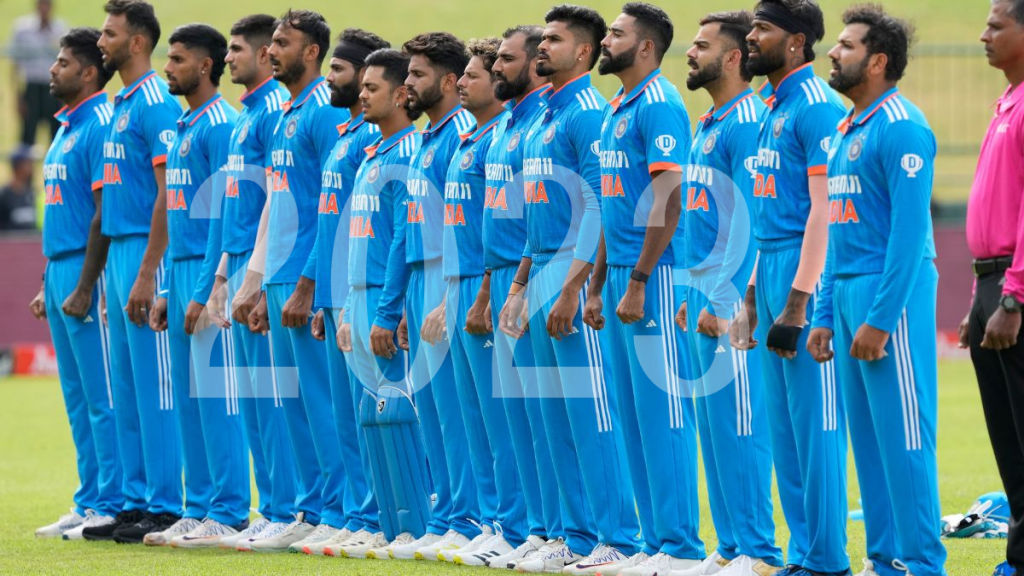
India’s Path to World Cup Glory
Looking ahead, Akhtar voiced his confidence in India’s potential to secure their third ODI World Cup trophy, highlighting the team’s upcoming matches against Sri Lanka, South Africa, and the Netherlands. Expressing optimism, he emphasized the significance of maintaining their unbeaten streak en route to the final, setting the stage for a potential historic ICC World Cup victory. However, Akhtar cautioned against compromising the successful bowling unit once Pandya returns to full fitness, warning against the potential detriment of a partially fit Pandya’s inclusion at the expense of a bowler.
Akhtar’s Praise for India and its Response to Criticism
Addressing skepticism surrounding his praise for the Indian team, Akhtar reiterated the exceptional nature of India’s performance, particularly in their ability to defend a modest total with a significant margin of victory. Undeterred by criticism, Akhtar reaffirmed his admiration for India’s exceptional cricketing prowess, urging acknowledgment and appreciation of their commendable achievements.
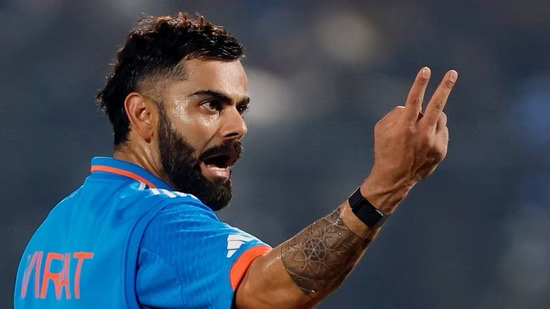
Shoaib Akhtar’s Perspective on Virat Kohli
Shifting focus, Akhtar’s history of praise extends beyond team performances to individual players, notably including former Indian team captain Virat Kohli. Reminiscing on Kohli’s resilience during a challenging phase in his career, Akhtar highlighted the pivotal role played by Kohli’s consistent century-scoring performances, leading to India’s victories. Recognizing Kohli’s contribution to the team’s success, Akhtar emphasized the significance of Kohli’s monumental centuries during crucial chases, solidifying his status as a crucial asset for the Indian cricket team.
In a comparison between Kohli and the legendary Sachin Tendulkar, Akhtar acknowledged Tendulkar’s status as one of the greatest batsmen while highlighting the challenges Tendulkar faced as a captain. Drawing parallels, Akhtar expressed confidence in Kohli’s eventual resurgence, expecting him to return to his prolific scoring form once he finds his equilibrium.
In summary, Akhtar’s acknowledgment of India’s exceptional performance and his recognition of individual players’ contributions underscore the team’s formidable presence in the 2023 ICC World Cup, setting the stage for a potential historic triumph in the coming days.



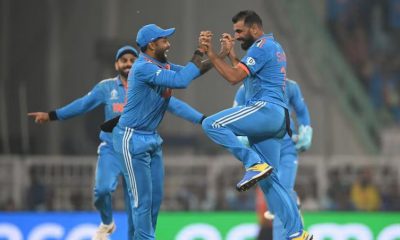

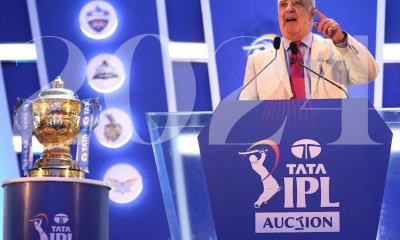

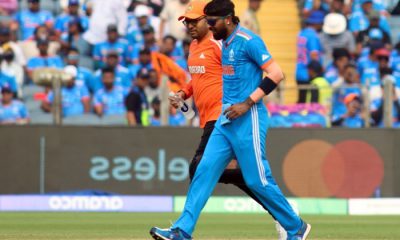

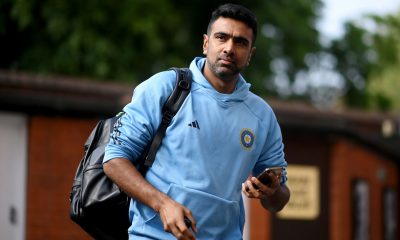








You must be logged in to post a comment Login